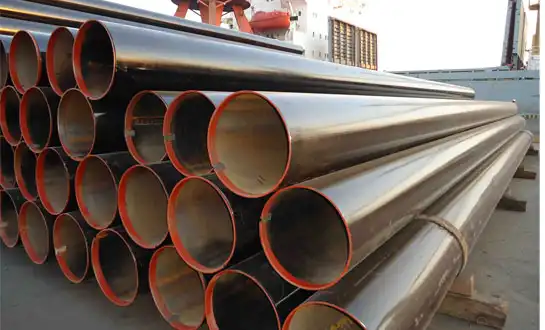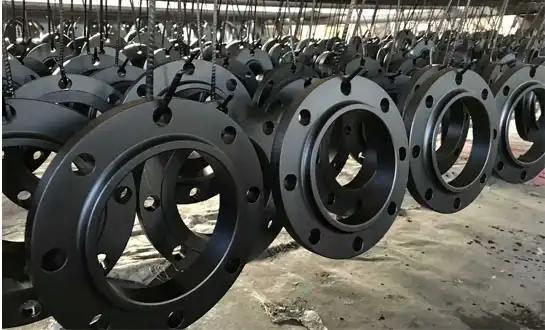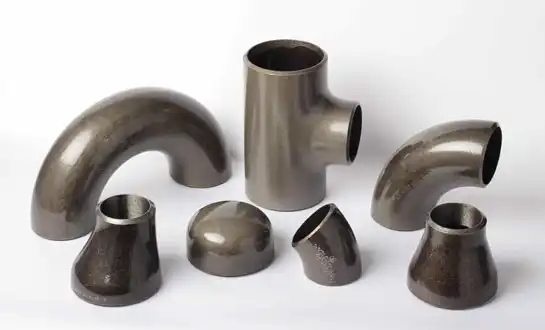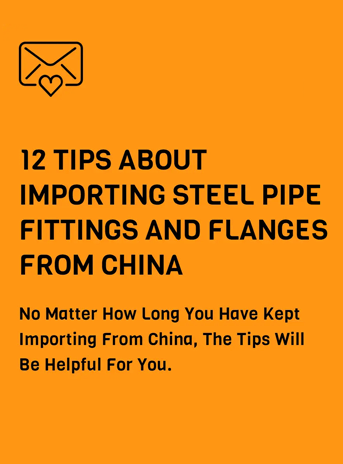Heat-Resistant Pipe Fittings for High-Temperature Industries
Industrial processes that involve high temperatures need pipe parts that can keep their shape, dimensions, and ability to work without leaks even when temperatures are very high. The dependability of piping systems has a direct effect on how well, safely, and profitably businesses run, from petrochemical factories that deal with superheated steam to power plants that deal with combustion gases. In businesses where heat exposure is higher than what standard carbon steel parts can handle, heat-resistant pipe fittings are an important investment. To pick the right materials and patterns for high-temperature use, you need to know how metals behave, how to stop them from creeping, and how they oxidize. Heat-resistant pipe fittings are carefully designed parts made from alloy steels and high-performance materials that can withstand being exposed to high temperatures for a long time without losing their mechanical properties or developing creep deformation. Chromium, molybdenum, and other alloying elements are used to make these parts stronger at high temperatures and less likely to rust. In places where temperatures regularly go above 450°C, heat-resistant pipe fittings are needed to keep systems working properly in industries like power generation, oil refining, chemical processing, and metal production. Because these special fittings are made of better metals, they don't break as easily, need less upkeep, and can keep working in harsh temperatures where regular materials would break down quickly.
Material Selection and Metallurgical Considerations
Chromium-Molybdenum Alloy Advantages
Chromium-molybdenum alloy steels are the building blocks of heat-resistant pipe fittings that are used in moderate to high temperature settings. They provide the best mix between performance and cost-effectiveness. Adding chromium makes the metal more resistant to oxidation by creating a safe layer of chromium oxide on the surface. This layer stops further oxidation at high temperatures. High-temperature strength is improved by molybdenum, which forms solid solutions that are stronger and carbides that don't get coarser when exposed to heat. Common types like P11, P22, and P91 are made to work in a range of temperatures. For example, P91 has about 9% chromium and can withstand temperatures up to 650°C without cracking. These alloys are used to make heat-resistant pipe fittings that stay the same size under long-term thermal loading better than carbon steel options. The microstructure stays steady while it's being used, which stops the grain boundaries from weakening and the phases from changing, which would cause the material to fail too soon. When these heat-resistant pipe fittings are heated the right way, they form a tempered martensitic structure that gives them the strength, toughness, and thermal stability they need for tough jobs.
Austenitic Stainless Steel Performance
Austenitic stainless steels, particularly grades 304H, 316H, 321, and 347, provide exceptional performance for heat-resistant pipe fittings in the most demanding high-temperature environments. The austenitic crystal structure remains stable at elevated temperatures, eliminating the phase transformation concerns that affect ferritic materials. The high nickel content, typically ranging from 8% to 12%, combined with chromium levels exceeding 18%, creates a material with outstanding oxidation resistance and corrosion protection. Heat-resistant pipe fittings fabricated from austenitic stainless steel maintain their mechanical properties at temperatures where carbon steel experiences significant strength degradation. Grades 321 and 347 incorporate titanium or niobium stabilization, which prevents chromium carbide precipitation at grain boundaries during welding or high-temperature exposure. This stabilization is crucial for heat-resistant pipe fittings subjected to thermal cycling, as it maintains corrosion resistance and prevents intergranular attack. The thermal expansion characteristics remain predictable and allow for proper system design that accommodates expansion through appropriate support spacing and expansion joint placement.
Creep and Stress Rupture Resistance
Creep deformation represents the dominant failure mechanism for heat-resistant pipe fittings operating above approximately 40% of their absolute melting temperature, making creep resistance the primary design consideration. Unlike ambient temperature loading where deformation occurs rapidly, creep involves time-dependent deformation under constant stress at elevated temperature. Heat-resistant pipe fittings must resist primary, secondary, and tertiary creep stages throughout their intended service life. Alloy design for superior creep resistance involves optimizing solid solution strengthening, precipitation hardening, and grain boundary strengthening mechanisms. Advanced heat-resistant pipe fittings incorporate elements such as tungsten, vanadium, and nitrogen that form stable carbides and nitrides, pinning grain boundaries and dislocations to resist high-temperature deformation. Stress rupture testing measures time-to-failure under constant stress and temperature, providing essential data for qualifying heat-resistant pipe fittings for specific operating conditions. Modern heat-resistant pipe fittings utilize thermomechanical processing and precise heat treatment schedules to develop optimized microstructures that maintain stability throughout the component's service life.
Design and Engineering Requirements
Thermal Expansion Management
Thermal expansion represents a fundamental engineering challenge in high-temperature piping systems, requiring careful consideration during design to prevent excessive stresses on heat-resistant pipe fittings. Carbon steel exhibits a coefficient of thermal expansion of approximately 11-13 micrometers per meter per degree Celsius, while austenitic stainless steel's expansion coefficient reaches 16-18 micrometers per meter per degree Celsius. Heat-resistant pipe fittings experience localized stress concentrations at elbows, tees, and other direction changes where thermal expansion creates bending moments and shear forces. Proper system design incorporates expansion loops, expansion joints, or flexible assemblies that accommodate thermal growth while maintaining alignment. Piping support design must allow for controlled movement while preventing excessive sagging that could overload fittings. Detailed stress analysis identifies critical locations where heat-resistant pipe fittings require reinforcement or where additional flexibility is needed.
Oxidation and Scaling Prevention
High-temperature oxidation progressively consumes metal from heat-resistant pipe fittings, reducing wall thickness and eventually compromising structural integrity. The oxidation rate depends on temperature, atmosphere composition, and protective oxide layer stability. Carbon steel forms iron oxide scales that spall and flake, providing minimal protection at temperatures above 400°C. Heat-resistant pipe fittings manufactured from chromium-containing alloys develop adherent chromium oxide scales that dramatically reduce oxidation rates by blocking oxygen diffusion. Cyclic thermal exposure proves particularly damaging, as thermal expansion mismatch between the oxide scale and base metal causes spalling during cooling. Heat-resistant pipe fittings in cyclic service require careful material selection to minimize this progressive scaling damage. Periodic inspection should include ultrasonic thickness measurements to quantify metal loss and predict remaining service life.
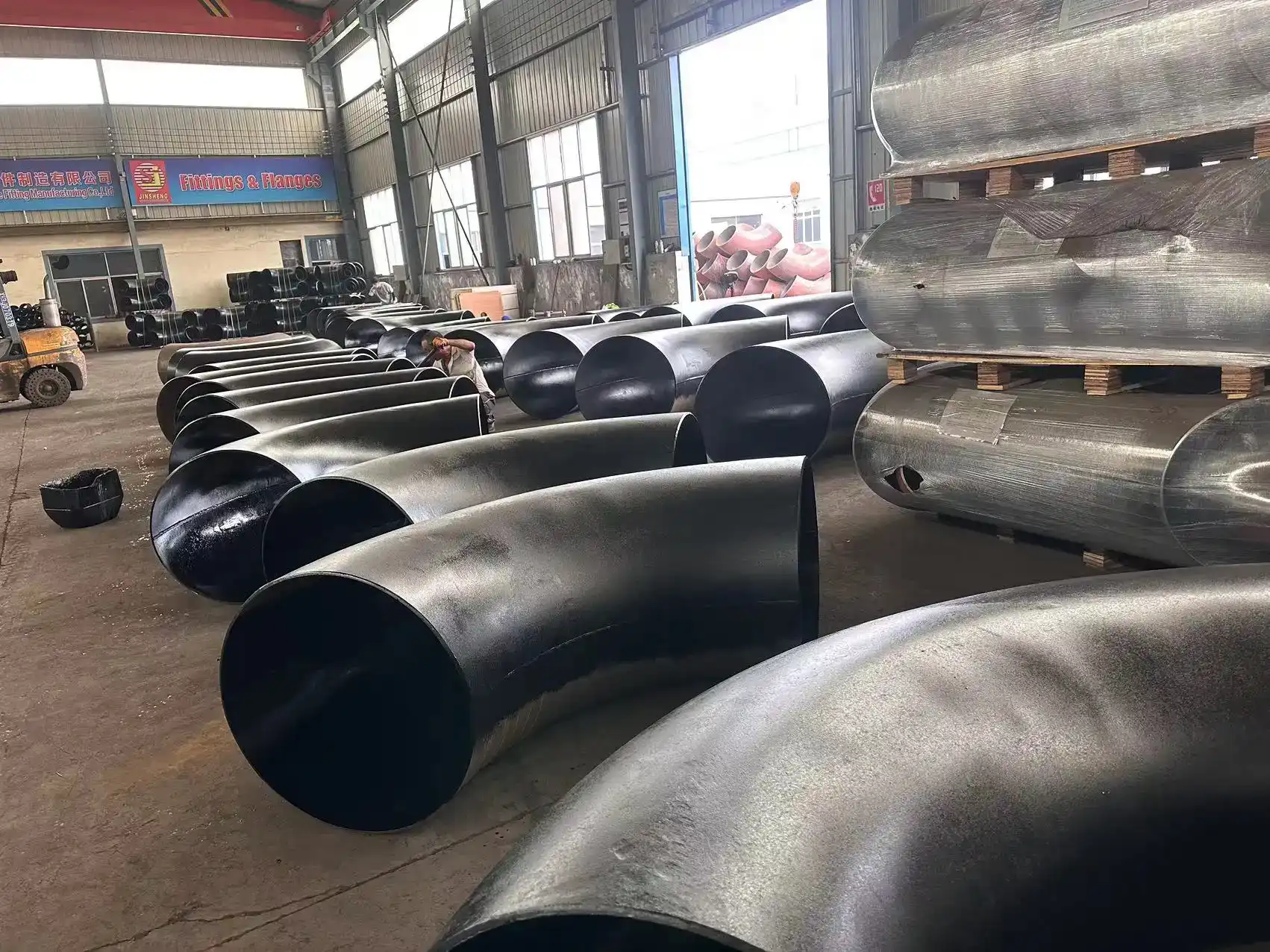
Welding and Fabrication Considerations
Joining heat-resistant pipe fittings requires specialized welding procedures that maintain the base material's elevated temperature properties while avoiding defects. Chromium-molybdenum alloys typically require preheat temperatures between 150°C and 300°C depending on alloy content, with post-weld heat treatment mandatory to temper the weld microstructure and relieve residual stresses. Heat-resistant pipe fittings fabricated from these materials must be stress-relieved at temperatures between 650°C and 760°C to achieve adequate toughness. Austenitic stainless steel heat-resistant pipe fittings generally do not require preheat but need careful heat input control to prevent excessive grain growth. Filler metal selection must match or exceed the base material properties, with particular attention to creep strength. Welding procedure qualification testing includes elevated temperature tensile testing and metallographic examination to verify weld metal and heat-affected zone properties meet specification requirements.
Industry Applications and Performance Optimization
Power Generation and Steam Systems
Power generation facilities represent one of the largest consumers of heat-resistant pipe fittings, with boiler systems, superheater circuits, and reheater sections operating at steam temperatures approaching 650°C and pressures exceeding 250 bar. Modern ultra-supercritical power plants demand heat-resistant pipe fittings with exceptional creep strength and oxidation resistance. The main steam and hot reheat piping systems incorporate thick-wall heat-resistant pipe fittings manufactured from Grade 91 or advanced nickel-based alloys for extreme conditions. These components must maintain dimensional stability throughout decades of service while experiencing daily thermal cycling. Heat-resistant pipe fittings in these applications undergo rigorous qualification testing and quality control, as component failure could result in unit outages costing millions in lost generation revenue. Condition monitoring programs track component condition through periodic inspections and metallography to assess creep damage.
Petrochemical and Refinery Operations
Petroleum refining and petrochemical processing expose heat-resistant pipe fittings to combinations of high temperature, hydrogen atmosphere, and corrosive sulfur compounds. Fluid catalytic cracking units circulate catalyst at temperatures exceeding 700°C, requiring heat-resistant pipe fittings with superior erosion resistance. Hydroprocessing units operate at elevated temperatures and hydrogen partial pressures that promote hydrogen attack in carbon steel, making chromium-molybdenum heat-resistant pipe fittings essential. Reformer furnace outlet piping handles process streams at temperatures where creep becomes the life-limiting factor. Material selection must balance thermal performance with corrosion resistance, sometimes requiring corrosion allowances in wall thickness design or protective cladding for internal surfaces.
Industrial Furnaces and Heat Treatment Systems
Industrial furnaces for metal heat treatment, glass production, and ceramic firing depend on heat-resistant pipe fittings to deliver combustion air, fuel gas, and cooling media at extreme temperatures. Radiant tube systems in continuous annealing furnaces expose heat-resistant pipe fittings to cyclic thermal loading, with fitting longevity depending on thermal fatigue resistance. Recuperative heat exchangers that preheat combustion air operate with gas temperatures exceeding 1000°C, requiring heat-resistant pipe fittings manufactured from high-nickel alloys for inlet connections. Maintenance scheduling must account for the finite service life of heat-resistant pipe fittings operating in extreme thermal conditions, with inspection intervals based on accumulated operating hours at temperature.
Conclusion
When working in high-temperature environments where regular materials can't last, heat-resistant pipe fittings supplier and heat-resistant pipe fittings are critical for trustworthiness. The right choice of materials, engineering design, and high-quality production ensure that these specialized parts last for decades in harsh thermal conditions. Higher-quality pipe fittings that can withstand high temperatures pay for themselves many times over by reducing downtime and improving safety.
HEBEI RAYOUNG PIPELINE: Leading Heat-Resistant Pipe Fittings Supplier
HEBEI RAYOUNG PIPELINE TECHNOLOGY CO., LTD. stands as your trusted partner for premium heat-resistant pipe fittings engineered to excel in the most challenging high-temperature applications. Our comprehensive range includes buttweld fittings, reducers, and flanges manufactured from chromium-molybdenum alloys and stainless steels, all certified to international standards with GOST-R and SGS validation. With ISO 9001:2015 certification, we are one of the best companies that makes pipes and fittings. We make heat-resistant pipe fittings that are the result of excellent metalworking and precise manufacturing to make sure your systems work reliably in very hot or cold conditions. Our professional team knows a lot about choosing the right materials, analyzing stresses, and designing applications, so they can help you choose the best heat-resistant pipe fittings for your needs. From power generation to petrochemical processing, HEBEI RAYOUNG provides the quality and reliability your operations demand. Contact us at info@hb-steel.com to discuss how our heat-resistant pipe fittings can enhance your system performance and reduce lifecycle costs.
References
1. Smith, G.D. and Tillack, D.J. (1991). High Temperature Performance of Stainless Steels. Nickel Development Institute, Toronto, Canada.
2. Viswanathan, R. (1989). Damage Mechanisms and Life Assessment of High-Temperature Components. ASM International, Materials Park, Ohio.
3. Kern, T.U. and Staubli, M. (2002). The European Creep Collaborative Committee Approach to Creep Data Assessment. Journal of Pressure Vessel Technology, ASME.
4. Woodford, D.A. (2006). Gas Turbine Materials and Their Performance. ASM Handbook Volume 1, Materials Park, Ohio.
5. Klueh, R.L. and Harries, D.R. (2001). High-Chromium Ferritic and Martensitic Steels for Nuclear Applications. ASTM International, West Conshohocken, Pennsylvania.
6. Boyer, H.E. (1987). Atlas of Creep and Stress-Rupture Curves. ASM International, Materials Park, Ohio.

Need a quote? Want to see samples? Just say hello. We’re friendly. We’re fast. And we’re ready when you are.
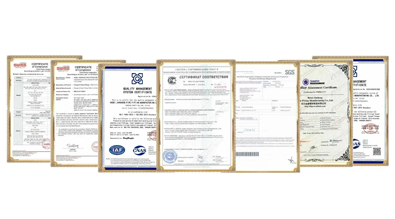
Welcome to RAYOUNG – Strong Pipes, Stronger Promise
